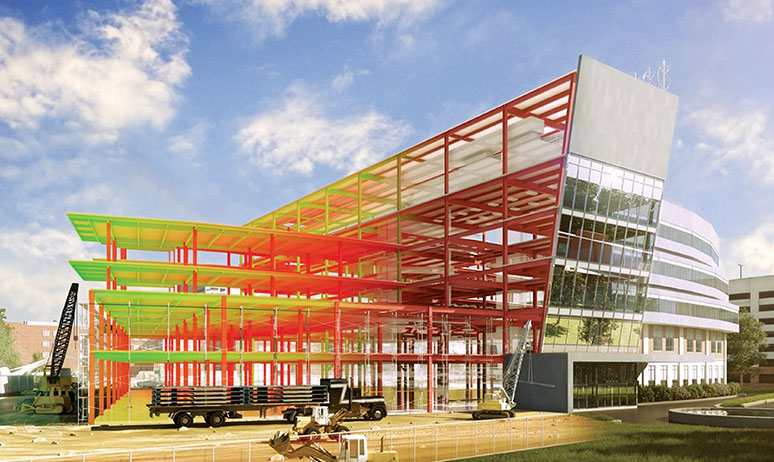The construction world is moving fast. Deadlines are tighter, budgets are leaner, and demands are higher. Teams across the globe now look for tools that bring clarity and control. One tool stands out—Building Information Modeling, or BIM.
It is not just software. It is a smarter way to plan, design, and deliver projects. Many see it as a turning point in how construction works today. Partnering with a trusted BIM Engineering & Consulting Company can help construction teams unlock these advantages even faster, ensuring better coordination, cost savings, and long-term project success.
What is BIM and Why Does It Matter?
BIM is a digital method to create and manage a project’s full details. It shows every wall, pipe, wire, and system in one 3D model. This model is more than a picture. It holds real data about size, cost, and performance.
Why does this matter? It cuts errors before they happen. Everyone—from architects to contractors—sees the same details. This shared view means fewer surprises on site. It also helps plan tasks in the right order, so work flows without delays.
BIM helps spot design issues early. Fixing them on a screen costs far less than on the job site. It supports better material use, which saves money and reduces waste. Owners also get a clear digital record of their building for future repairs or upgrades.
Global Adoption Trends of BIM
BIM is no longer a niche tool. Governments in countries like the UK, Singapore, and Australia now require it for public projects. They see BIM as a way to save costs and improve quality.
In the United States, many large contractors and developers use BIM by choice. They find it speeds up approvals and improves collaboration. In Asia, BIM adoption grows fast as cities expand and demand for smarter infrastructure rises.
Europe leads in setting BIM standards. Many nations push for common rules to help cross-border projects run smoothly. This shared approach makes it easier for companies to work in different markets.
Private developers also invest in BIM. They know it gives them a competitive edge. It helps win bids, attract investors, and deliver high-quality projects.
Cloud technology makes BIM easier to access. Teams in different locations can now work on the same model in real time. This removes the gap between office and site. It also opens the door for smaller firms to use BIM without huge costs.
BIM is moving from “nice to have” to “must have.” It shapes how buildings are planned, built, and managed across the world.
Key Ways BIM is Reshaping Construction
BIM changes how projects are planned, designed, and delivered. It brings all stakeholders onto one shared digital model. This reduces design conflicts and helps teams coordinate better.
BIM allows accurate cost estimation before work starts. It improves scheduling by mapping each step of construction. The 3D and 4D models give a clear view of progress.
It supports sustainable building by tracking material use and energy performance. It also creates a complete digital record for future maintenance.
BIM and Emerging Technologies
BIM works well with new tools like drones, AR, and VR. Drones capture real site data for accurate model updates.
AR and VR allow teams to walk through a project before it is built. This helps spot problems early.
BIM also links with IoT sensors in smart buildings. These sensors feed real-time data into the model. AI tools can then analyze this data for better decision-making.
Cloud platforms now make BIM accessible anywhere. Teams can view and update models on-site or in the office.
Challenges in Global BIM Implementation
Adoption rates differ across countries and industries. Many firms lack skilled staff to run BIM effectively.
Software and hardware costs can be high for small companies. In some regions, internet access limits cloud-based BIM use.
There is also no single global BIM standard. This makes cross-border projects harder to align. Data security concerns remain a major issue for some clients.
Resistance to change can slow adoption. Some teams prefer older methods they know well.
Future Outlook for BIM in Global Construction
BIM is moving toward deeper integration with AI and automation. AI will predict risks, improve schedules, and suggest design changes.
Digital twins, which are live digital versions of physical assets, will become common. BIM will link directly to these twins for continuous updates.
Governments will likely expand BIM mandates for public projects. More private firms will follow to stay competitive.
Better training programs will make BIM skills more common. Costs will drop as technology becomes more widespread.
Conclusion
BIM is not just a design tool. It is a way to connect every part of a project.
It improves planning, boosts collaboration, and supports smarter decisions. As technology grows, BIM will be central to building safer, faster, and greener.
It is reshaping how the world builds—and that shift is only gaining pace.
